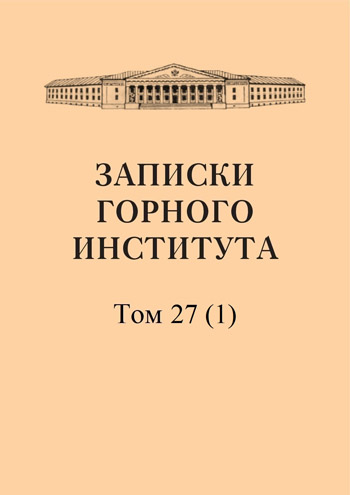Development of thin and medium-thickness rotating seams without the use of timber supports
Abstract
The main disadvantage of the existing methods of developing thin and medium-thick steep coal seams is the use of wooden supports in the working faces. Support of the working faces is carried out exclusively by hand and is the most dangerous, difficult and labor-intensive operation. Thus, labor costs for support, timber delivery and control of rock pressure usually make up 50 to 80% of the total labor costs in the working face (see article). A miner spends about two thirds of the net working time on support. If we also take into account timber delivery and work on managing rock pressure (installation of organ support, etc.), then the total time spent on these operations, including support, will amount to approximately 80% of the total labor costs in the working face for coal mining. In the Donbass, chipping hammers are predominantly used, which determines a significantly higher labor intensity of coal mining work. Therefore, work related to support and rock pressure control here makes up approximately 50-60% of the total labor costs in the working face. But in the future, in connection with the introduction of combines, the specific weight of these works will increase significantly and will also reach 80-85%.
